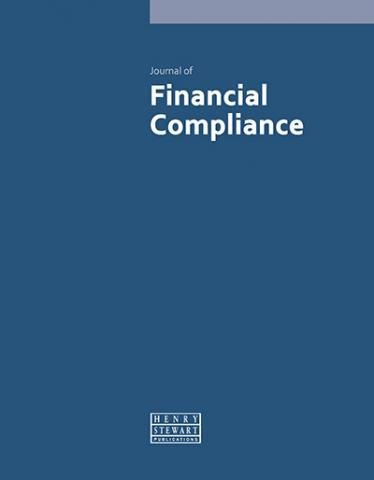"Journal of Digital Media Management provides a vital professional resource that accomplishes three important objectives for the field of digital asset management: a peer-reviewed publication, a history of best practices, and a practical source of learning for anyone with responsibility for organising and sharing content."
Moving to a perpetual KYC model: The benefits and the challenges
Click the button below to download the full text of the article.
Abstract: Financial services firms have been looking for many years to improve efficiency in the Anti Money Laundering/Know Your Customer (AML/KYC) onboarding process, looking towards a data led approach and automation to reduce costs. In many firms this has been a slow process with many other programmes taking priority in terms of development resource. However, the COVID-19 pandemic has highlighted that processes which involve large work forces, offshore resources and manual labour, are particularly vulnerable to disruption, resulting in institutions being unable to accept new customers due to lack of resources. This has placed a renewed focus on automation and in turn also turned attention to perpetual KYC as a method for maintaining client files, without the need for a full manual periodic review. This paper looks at the benefits of this type of approach and the challenges that organisations face to adopt it.
Keywords: know your customer; KYC; Perpetual KYC; anti money laundering; AML; due diligence
Neil Isherwood has 20 years’ experience in the information industry and works with his customers to help them improve their data flow into their organisations using integration, technology and hosted solutions to aid better decision making and risk mitigation. The majority of his experience has been in the financial services industry concentrating on AML/KYC, where he continuously works to understand the client’s challenges, monitor the shift in the regulatory landscape and then in turn look to data and technology led innovation to bring practical solutions that enhance the customer and supplier due diligence processes.



